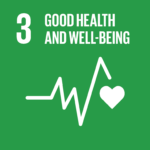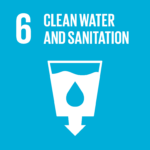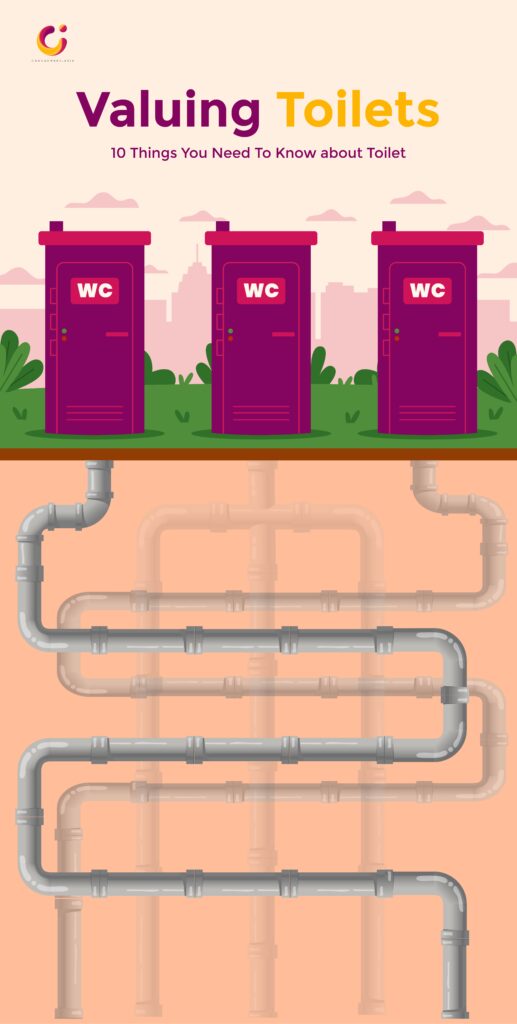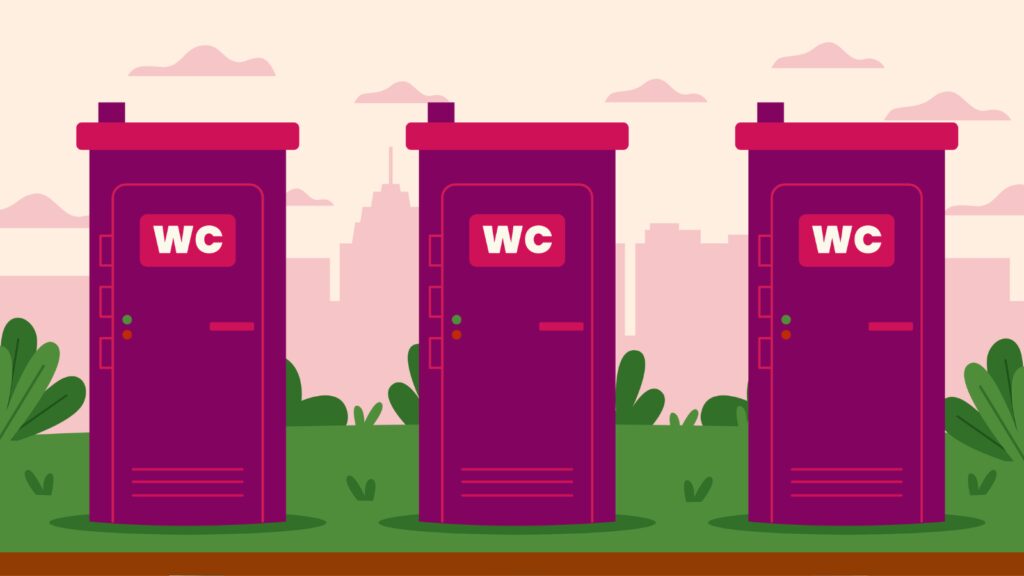RELEVANT SUSTAINABLE GOALS



VALUING TOILETS
fact 3
FACT 7
FACT 9
FACT 8
FACT 10
FACT 1
FACT 4
FACT 6
FACT 2
FACT 5

REFERENCE :
Fact 1 : https://data.unicef.org/resources/state-of-the-worlds-sanitation/
Fact 2 : https://www.unwater.org/publications/who-unicef-joint-monitoring-program-for-water-supply-sanitation-and-hygiene-jmp-progress-on-household-drinking-water-sanitation-and-hygiene-2000-2020/
Fact 4 : https://www.unwater.org/publications/who-unicef-joint-monitoring-program-for-water-supply-sanitation-and-hygiene-jmp-progress-on-household-drinking-water-sanitation-and-hygiene-2000-2020/
Fact 5 : https://www.who.int/news-room/fact-sheets/detail/drinking-water
Fact 6 : https://www.unicef.org/media/95241/file/water-security-for-all.pdf
Fact 7 : https://www.mdpi.com/2073-4441/10/9/1193/htm
Fact 8 : https://data.unicef.org/resources/state-of-the-worlds-sanitation/
fact 9 : The United Nations Children’s Fund and World Health Organization (2018) Drinking water, sanitation and hygiene in schools: Global baseline report 2018. p6. New York: UNICEF/WHO. Available at: https://washdata.org/monitoring/schools
Fact 10 : https://data.unicef.org/resources/state-of-the-worlds-sanitation/


